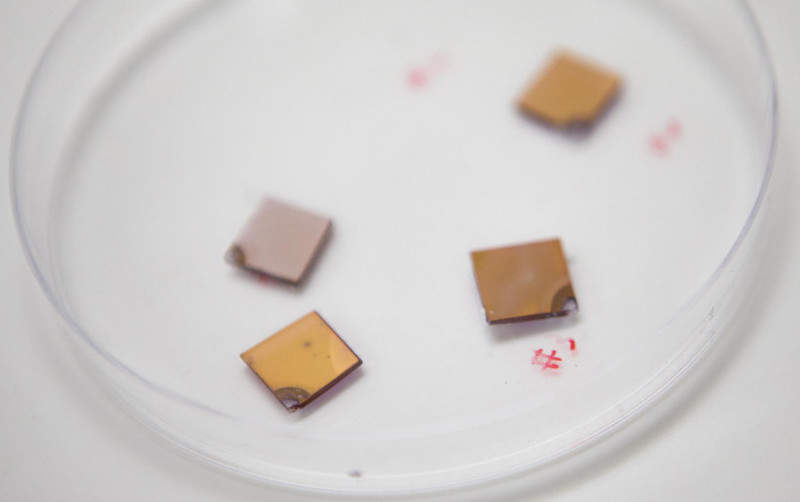
Australian National University (ANU) researchers have developed optical sensors that can be used in wearable medical devices to diagnose various diseases in real-time.
The sensors are designed to measure very small concentrations of gases called metabolites, which are emitted through human skin and breath, facilitating monitoring of people’s health.
Said to be 50 times thinner than a human hair, the sensors are intended to allow better management of different chronic diseases such as diabetes.
ANU Research School of Engineering associate professor Antonio Tricoli said: “These ultra-small sensors could be integrated into a watch to literally provide a window on our health.
“This exciting invention shows that we are on the cusp of designing the next generation of wearable devices that will help people to stay well for longer and lead better lives.
“You could simply use a pulse of light to track these biomarkers of disease; there’d be no need for batteries, wires or large and expensive lab equipment.”
Researchers hope diagnostic devices embedded with the new optical sensors can eliminate the need for blood tests and other invasive approaches in future.
They added that the sensors are flexible and can be adopted in a variety of technologies across medical diagnosis, farming and space exploration sectors, among others.
The sensors comprise a combination of tiny gold nanostructures and semiconductors formulated to allow detection of gas molecules even at very low concentrations.
ANU Research School of Physics and Engineering researcher Dr Mohsen Rahmani said: “As the sensors are ultra-small and ultra-light, they could potentially be fitted to micro-satellites or tiny spacecraft that could help in the hunt for life on distant planets, by telling us if there are trace organic molecules of living organisms on distant planets.”



